Cars have evolved significantly over the decades, with each era introducing new shapes and designs that reflected the technological advancements and cultural trends of the time. From the humble beginnings of the 1920s to the versatile SUVs of the 1990s, each decade has left its mark on the automotive landscape.
1920s: The Boxy Tin Lizzie
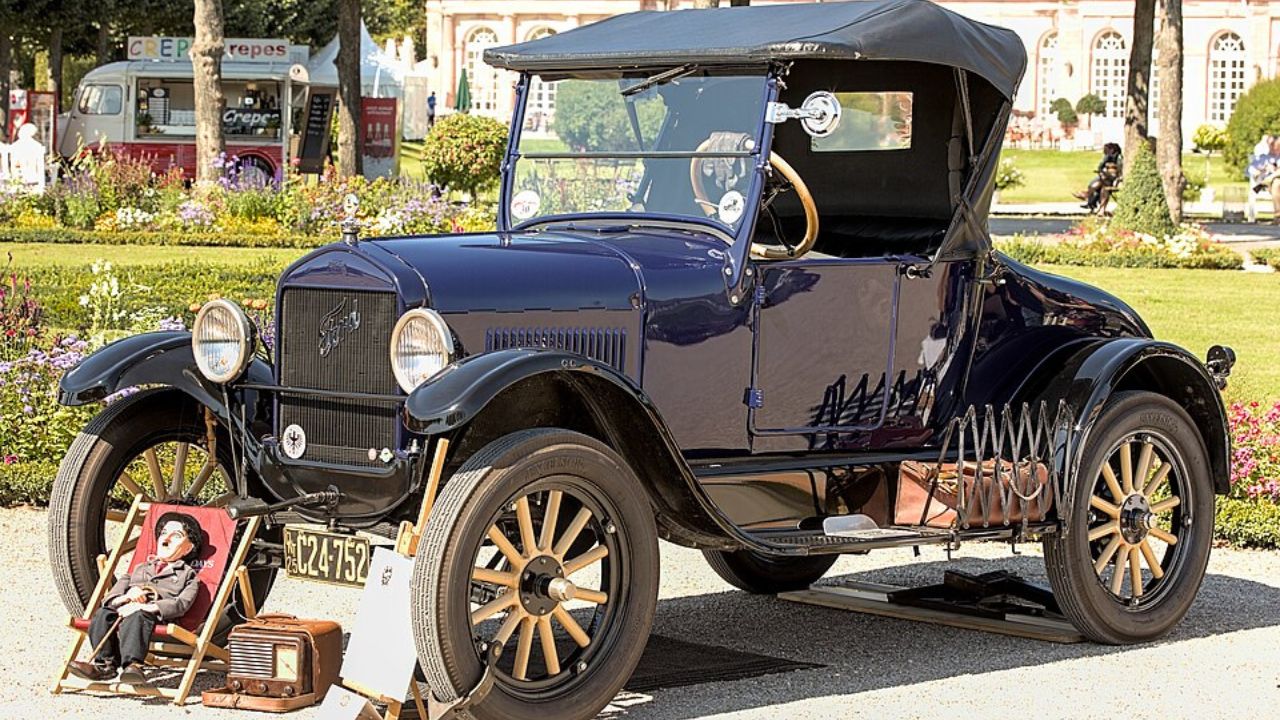
The 1920s saw the rise of the “Tin Lizzie,” a nickname affectionately given to the Ford Model T. Its boxy, utilitarian shape was emblematic of the era’s focus on mass production and affordability. The Model T’s straightforward design, characterized by flat surfaces and a simple silhouette, allowed it to be manufactured in large quantities, paving the way for the modern automotive industry. This vehicle democratized car ownership, making it accessible to the average American family and setting the stage for future innovations in car design.
1930s: The Streamlined Sedan
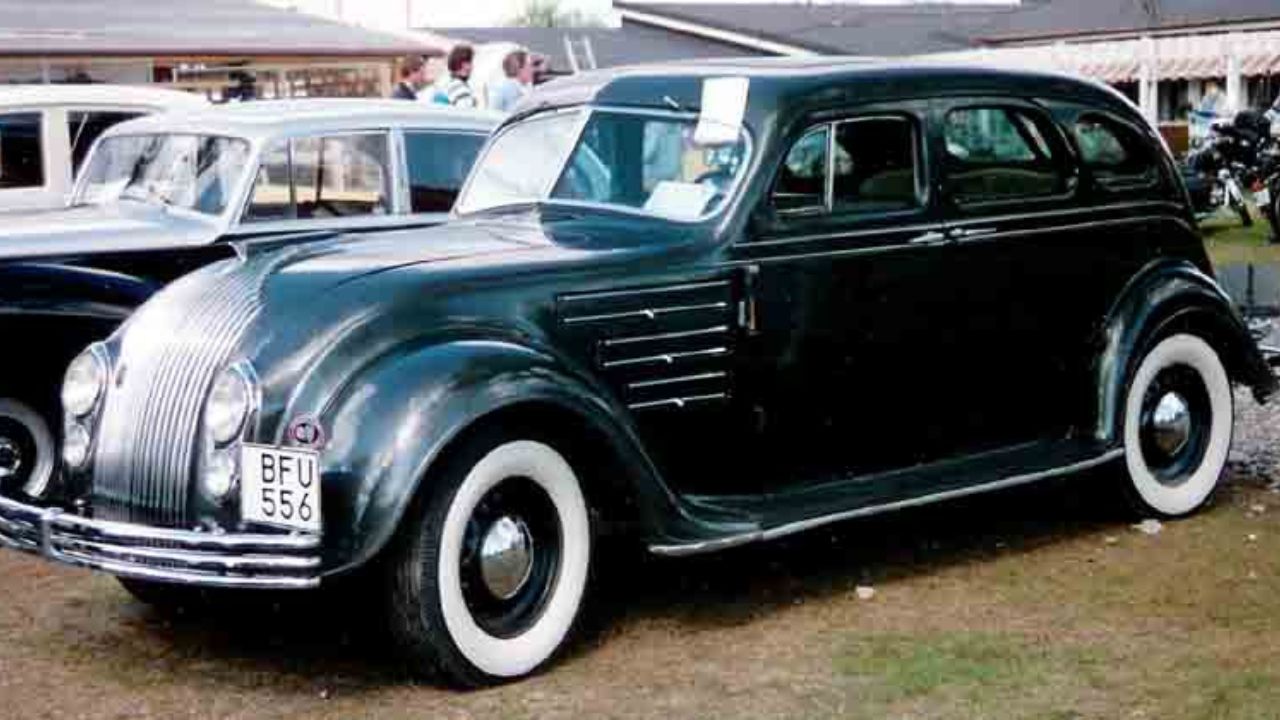
The 1930s introduced the streamlined sedan, a design that prioritized aerodynamics and elegance. Cars like the Chrysler Airflow and the Lincoln Zephyr featured sleek, flowing lines and rounded edges, contrasting sharply with the angular forms of the previous decade. This era marked a significant shift towards improving fuel efficiency and speed by reducing air resistance. The streamlined sedan not only influenced the automotive world but also impacted other industries, including aviation and architecture, reflecting a broader cultural fascination with speed and modernity.
1940s: The Long Hood Coupe
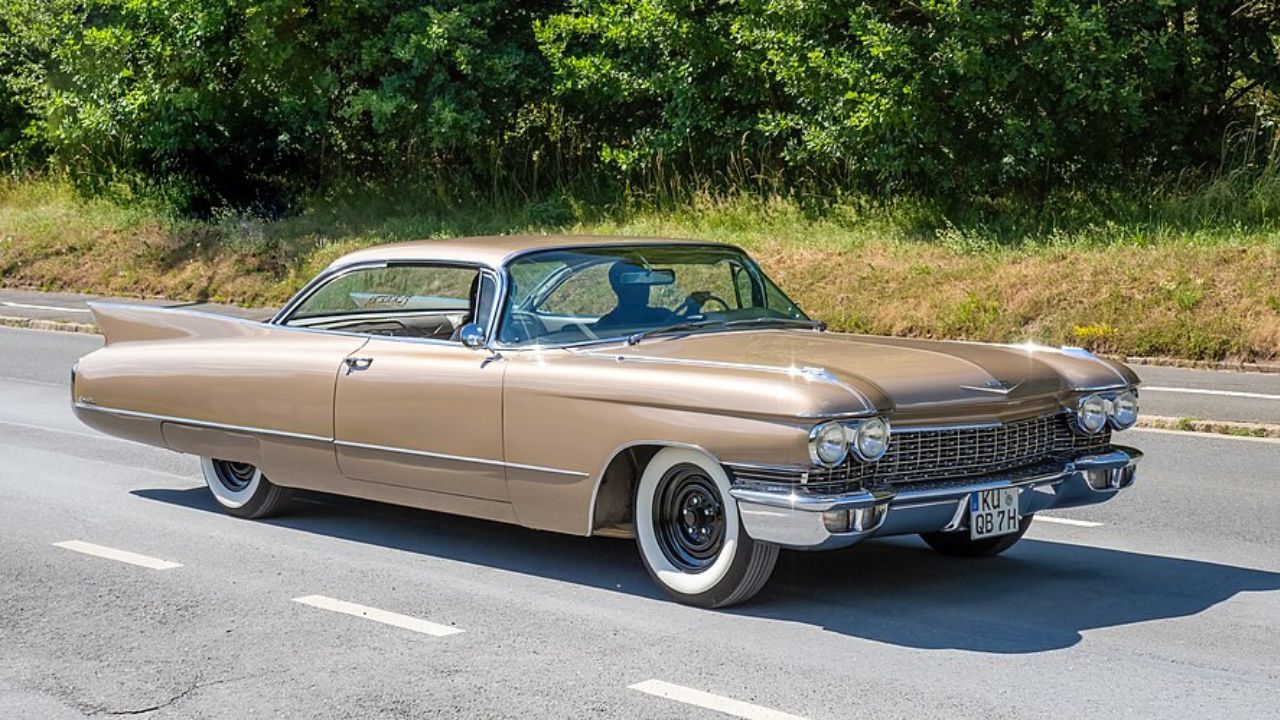
In the 1940s, the long hood coupe became a symbol of luxury and power. Due to World War II, car production was limited, but models like the Cadillac Series 62 and Buick Super emerged with extended hoods and spacious interiors. This design emphasized the engine’s power and the status of the owner, aligning with the post-war economic boom. The long hood coupe’s elegant proportions and distinct style captured the spirit of a prosperous era, making it a favorite among car enthusiasts and collectors even today.
1950s: The Tailfin Marvel
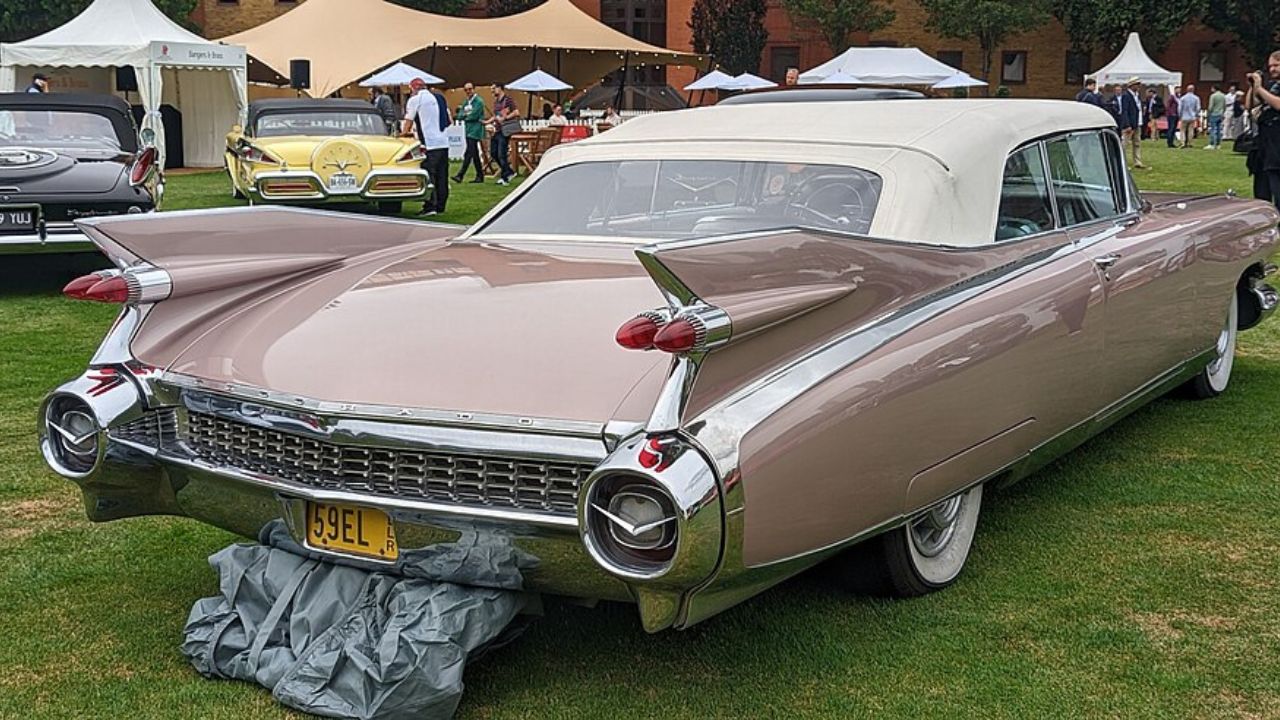
The 1950s witnessed the rise of the tailfin, a flamboyant design feature that became synonymous with American automotive culture. Cars like the 1959 Cadillac Eldorado showcased exaggerated tailfins inspired by the jet age, symbolizing progress and innovation. These fins were not only a stylistic statement but also a reflection of the era’s optimism and fascination with space exploration. The tailfin era remains an iconic chapter in automotive history, with its influence still visible in modern car design through elements that emphasize speed and aerodynamic prowess.
1960s: The Muscle Car Icon
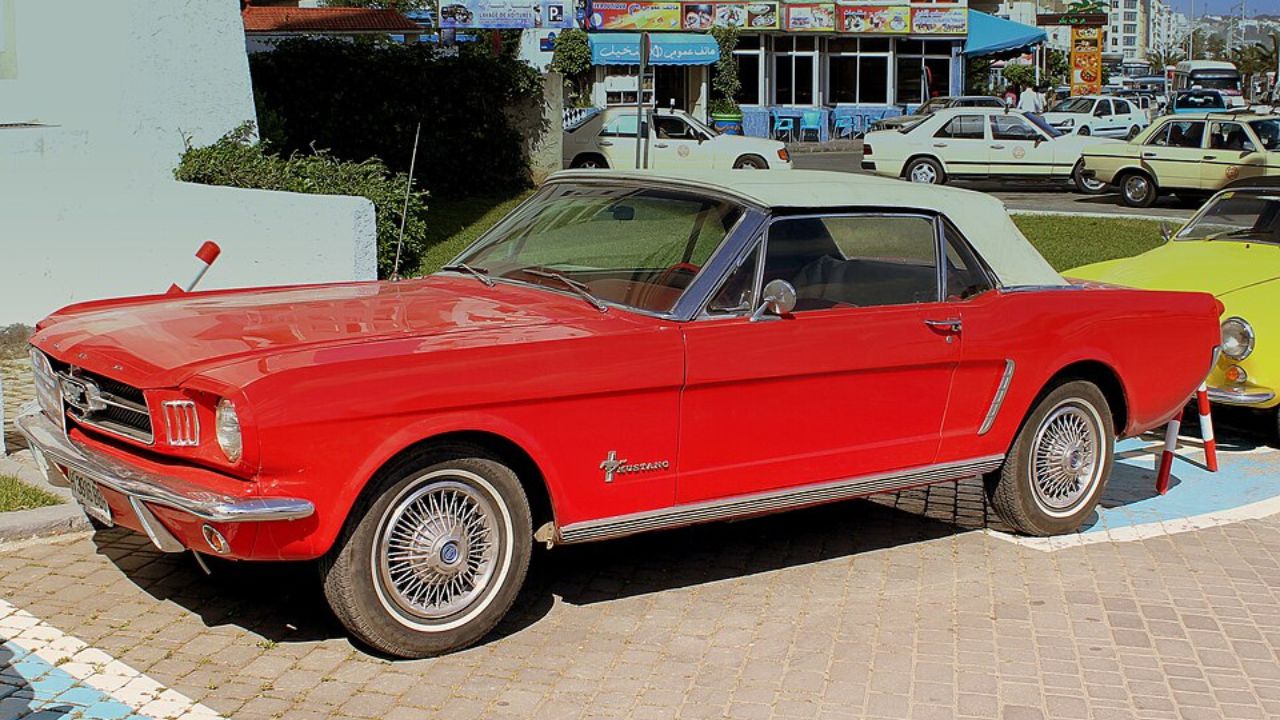
The 1960s roared onto the scene with the muscle car, a powerful and performance-oriented vehicle that captured the imagination of a generation. Models like the Ford Mustang and Chevrolet Camaro became instant classics, boasting high-horsepower engines and bold, aggressive styling. The muscle car’s appeal lay in its raw power and the thrill of driving, reflecting a cultural shift towards youthful rebellion and freedom. This era’s cars continue to be celebrated for their performance capabilities and have left a lasting legacy on the automotive industry.
1970s: The Compact Hatchback
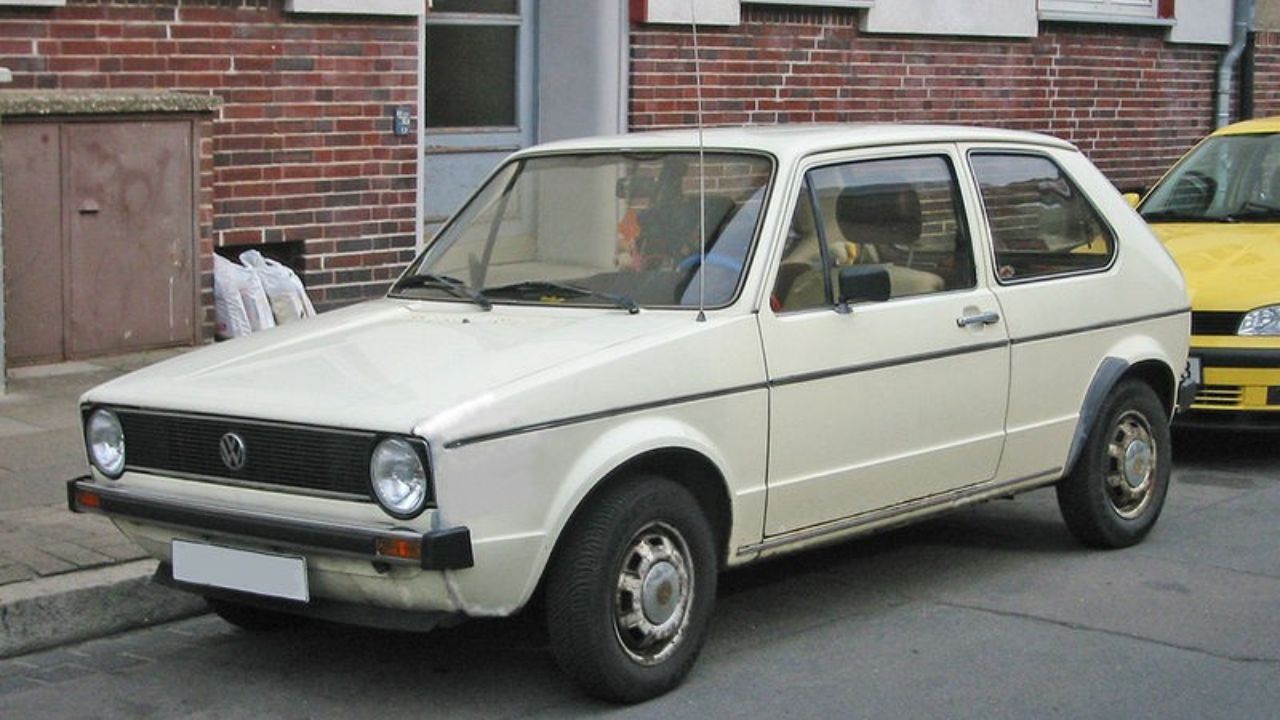
As the 1970s unfolded, the compact hatchback emerged as a practical and economical choice for drivers facing the oil crisis. The Volkswagen Golf and Honda Civic exemplified this trend, offering versatility and fuel efficiency in a smaller package. With a rear hatch that provided easy access to cargo space, these vehicles catered to the needs of urban dwellers and families alike. The compact hatchback’s adaptability and affordability made it a staple on roads worldwide, influencing the development of future car designs focused on sustainability and practicality.
1980s: The Aerodynamic Wedge
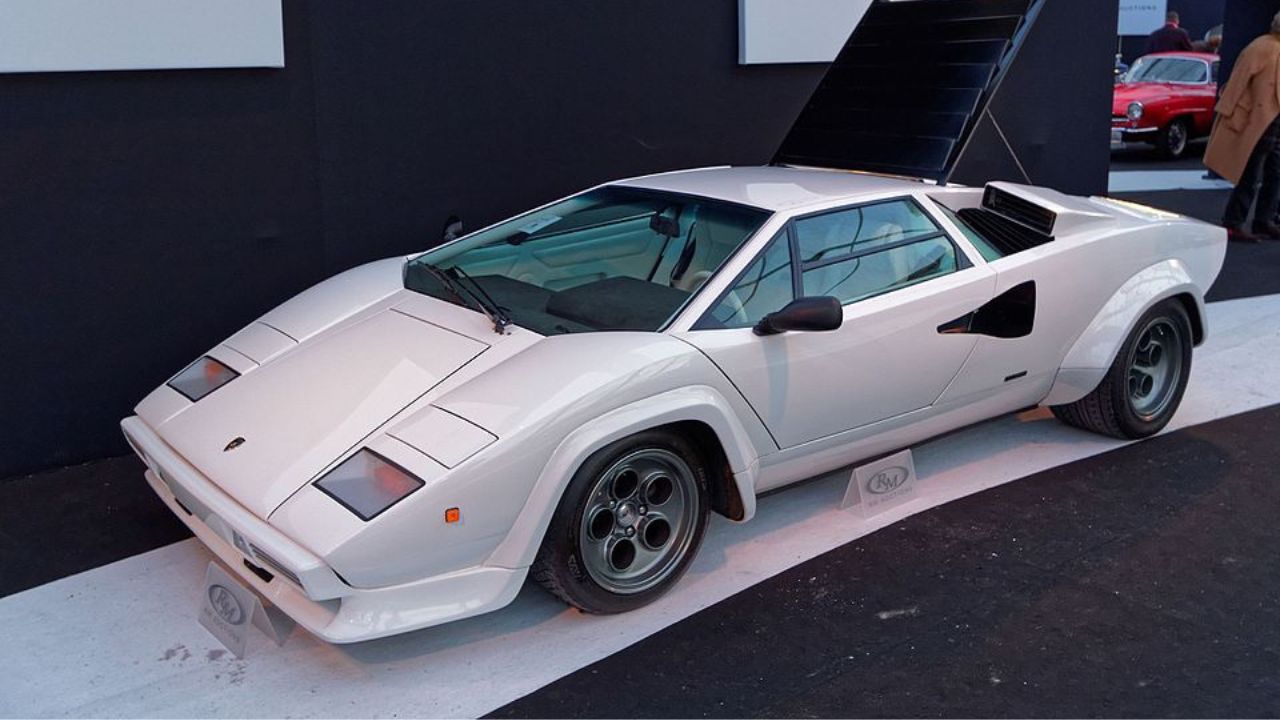
The 1980s introduced the aerodynamic wedge, a design characterized by sleek, angular lines and a futuristic aesthetic. Cars like the Lamborghini Countach and Lotus Esprit embodied this trend, pushing the boundaries of design with their low profiles and sharp edges. This era prioritized reducing drag to enhance speed and performance, aligning with the decade’s technological advancements and fascination with innovation. The aerodynamic wedge not only influenced sports cars but also left a mark on mainstream vehicles, setting new standards for efficiency and style.
1990s: The Sport Utility Vehicle (SUV)

The 1990s saw the rise of the Sport Utility Vehicle (SUV), a versatile and rugged vehicle that quickly became a favorite among families and adventurers. Models such as the Ford Explorer and Jeep Grand Cherokee offered ample space, off-road capability, and a commanding road presence. The SUV’s popularity was driven by its ability to cater to diverse lifestyles, from urban commuting to outdoor excursions. As a result, the 1990s SUV paved the way for the modern crossover, blending the attributes of a car and a truck to meet the evolving demands of drivers.
Like Fast Lane Only’s content? Be sure to follow us.
Here’s more from us:
*Created with AI assistance and editor review.

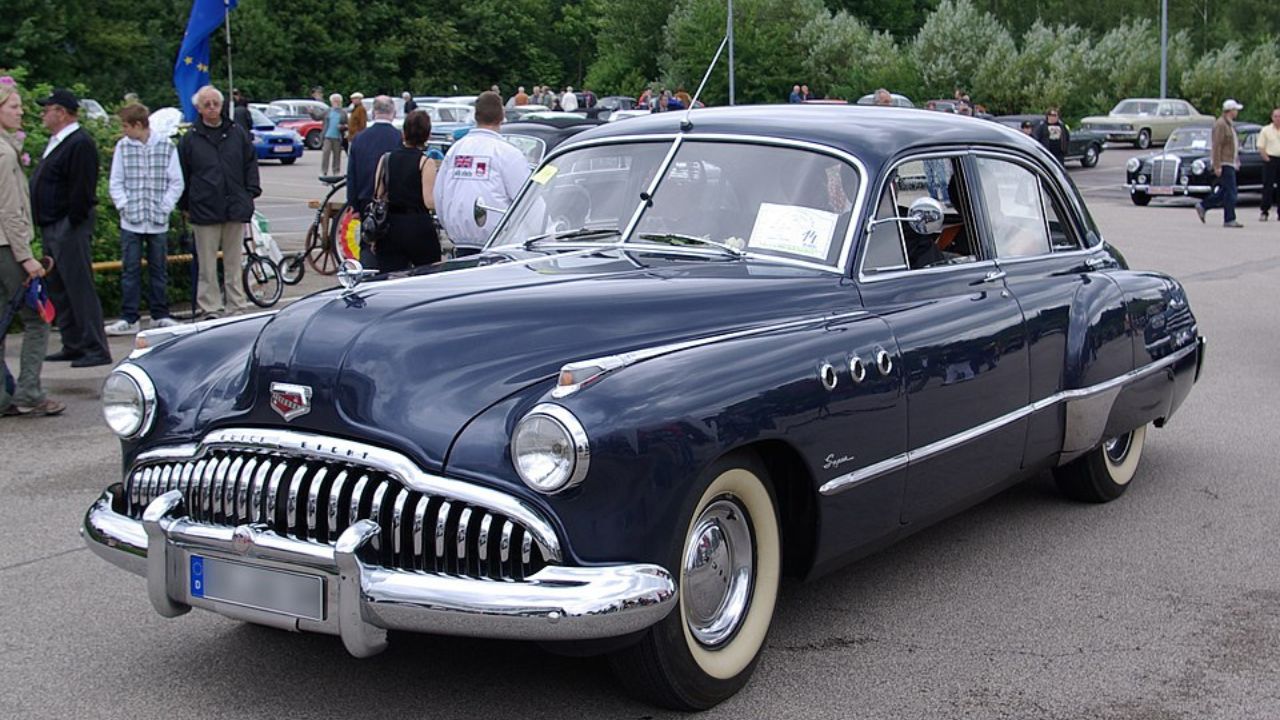
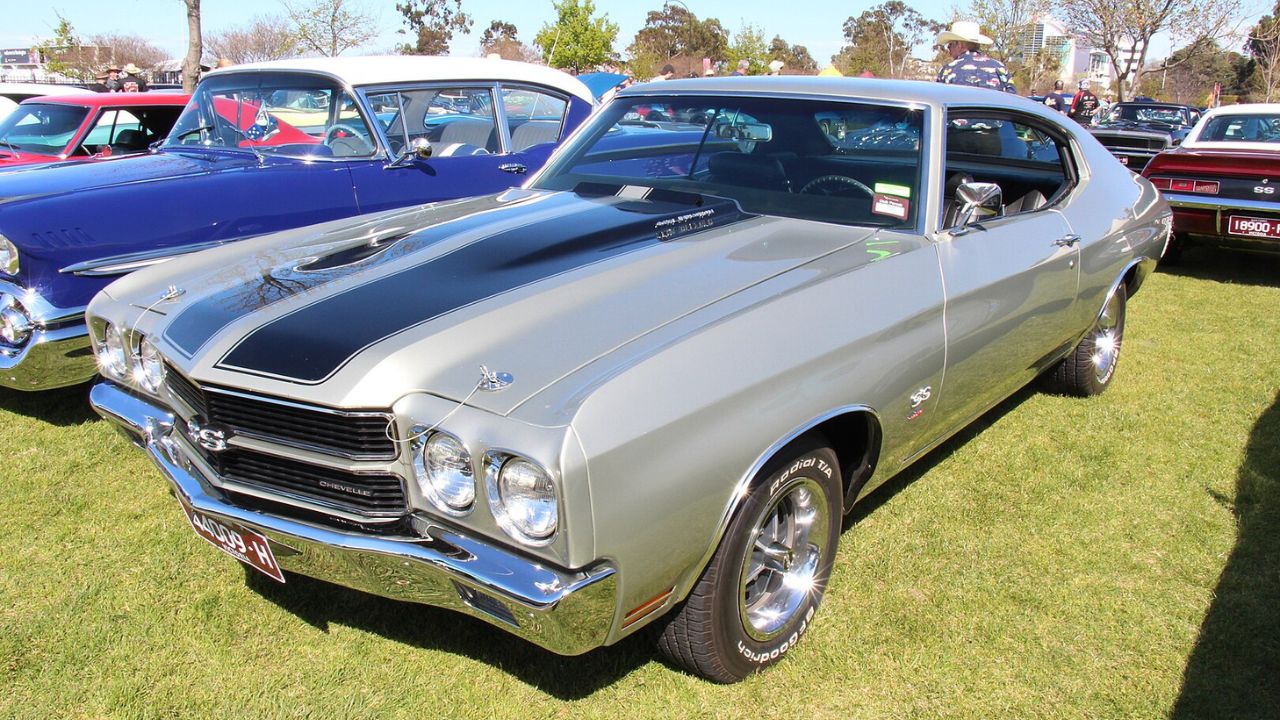
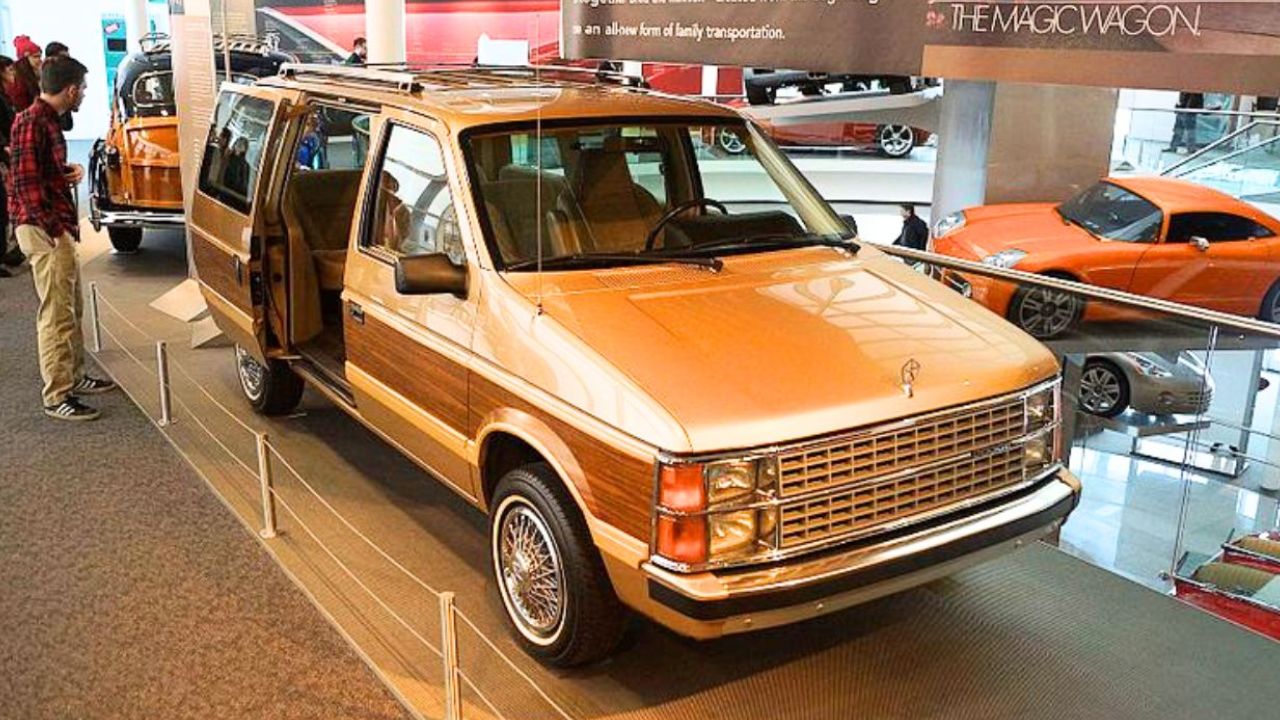
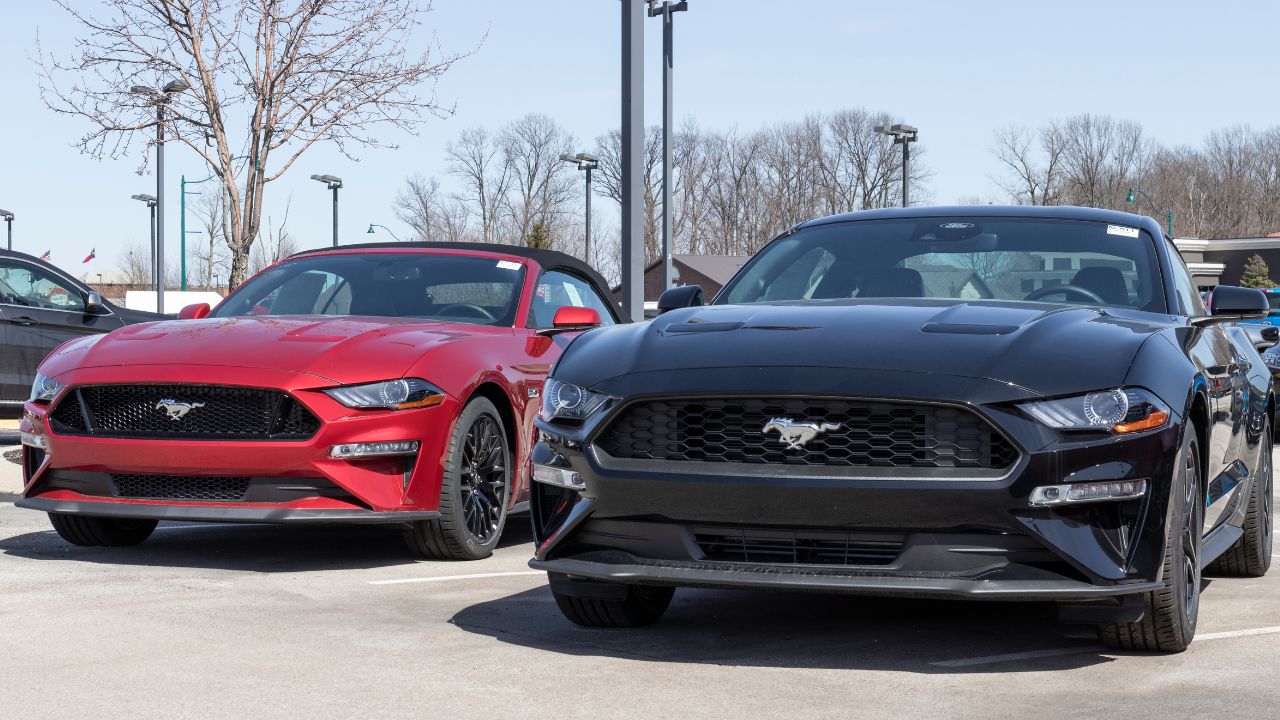

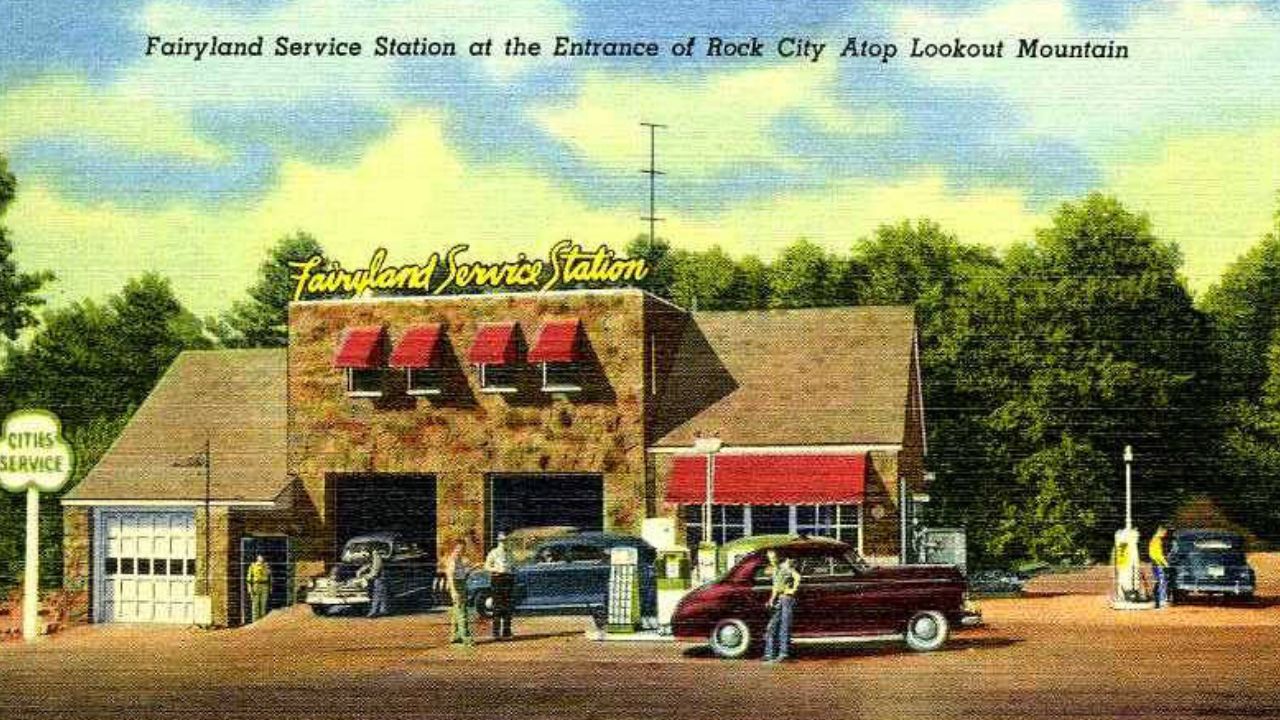
Leave a Reply